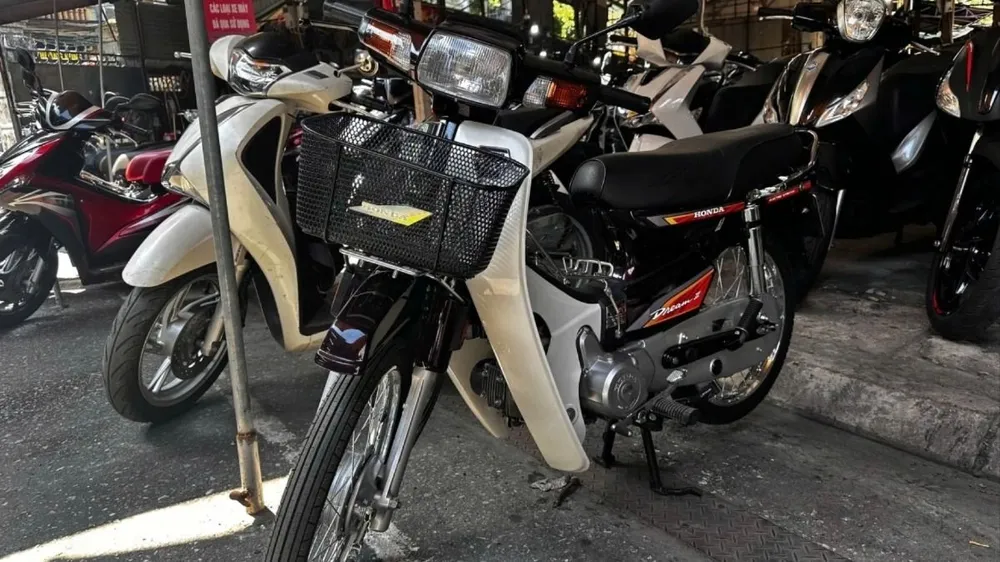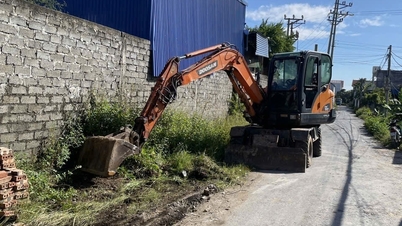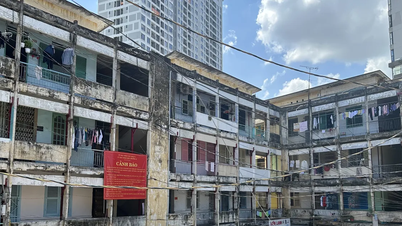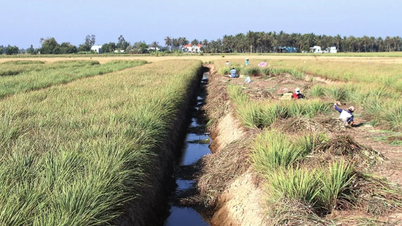
Deputy Director of the Ho Chi Minh City Department of Construction Bui Hoa An said that the department has just sent a document requesting the Vietnam Register to review, propose additions and completion of regulations, technical standards and safety standards for electric motor conversion activities for motorbikes and scooters.
The Department also proposed that the Registry Department support and guide Motorcycles TV Trading and Service Company Limited to register for testing and evaluating the quality of converted products. This will be the scientific and legal basis for widely deploying the model in the coming time.
Previously, according to the proposal of Motorcycles TV Trading and Service Company Limited, converting a gasoline-powered motorbike to an electric one does not require changing the frame or main structure of the vehicle, but only adding a hybrid power system consisting of three main parts: electric motor, battery pack and energy converter.
Specifically, the conversion system researched by the enterprise consists of three main parts: Battery pack - used to store electrical energy, placed in the tank or trunk. Electric motor - mounted directly on the front or rear wheel of the gasoline motorbike. Energy converter - has the function of coordinating, charging, recovering braking energy and distributing electricity to the motor.
This system turns a regular gasoline-powered motorcycle into a hybrid – one that can run on gasoline, electricity, or a combination of both.
When moving in inner-city areas, at low speeds or in traffic jams, users can choose electric mode, helping the vehicle operate smoothly, reducing noise and emissions.
On long journeys, the car reverts to petrol mode, simultaneously recovering energy from braking and recharging the battery, for use when needed.
According to Motorcycles TV's test, the modified vehicle can travel about 100 - 115km with 1 liter of gasoline and 1 kWh of electricity, saving about 40% of fuel costs compared to pure gasoline vehicles. The conversion cost ranges from 7 to 10 million VND/vehicle, equivalent to about 50% of the price of new electric vehicles on the market, while still taking advantage of the old vehicle frame which is durable, hard and familiar to users.
This solution not only helps reduce CO₂ emissions by up to 50%, but also limits industrial waste by not having to produce new vehicles. With more than 70 million motorbikes in circulation, this hybrid conversion, if legalized, will open up a feasible direction, contributing to the green transformation and energy saving for urban transport in Vietnam.
Source: https://www.sggp.org.vn/de-xuat-cai-tao-xe-may-chay-bang-xang-sang-chay-dien-post821606.html







![[Photo] Closing of the 14th Conference of the 13th Party Central Committee](https://vphoto.vietnam.vn/thumb/1200x675/vietnam/resource/IMAGE/2025/11/06/1762404919012_a1-bnd-5975-5183-jpg.webp)




































































































Comment (0)